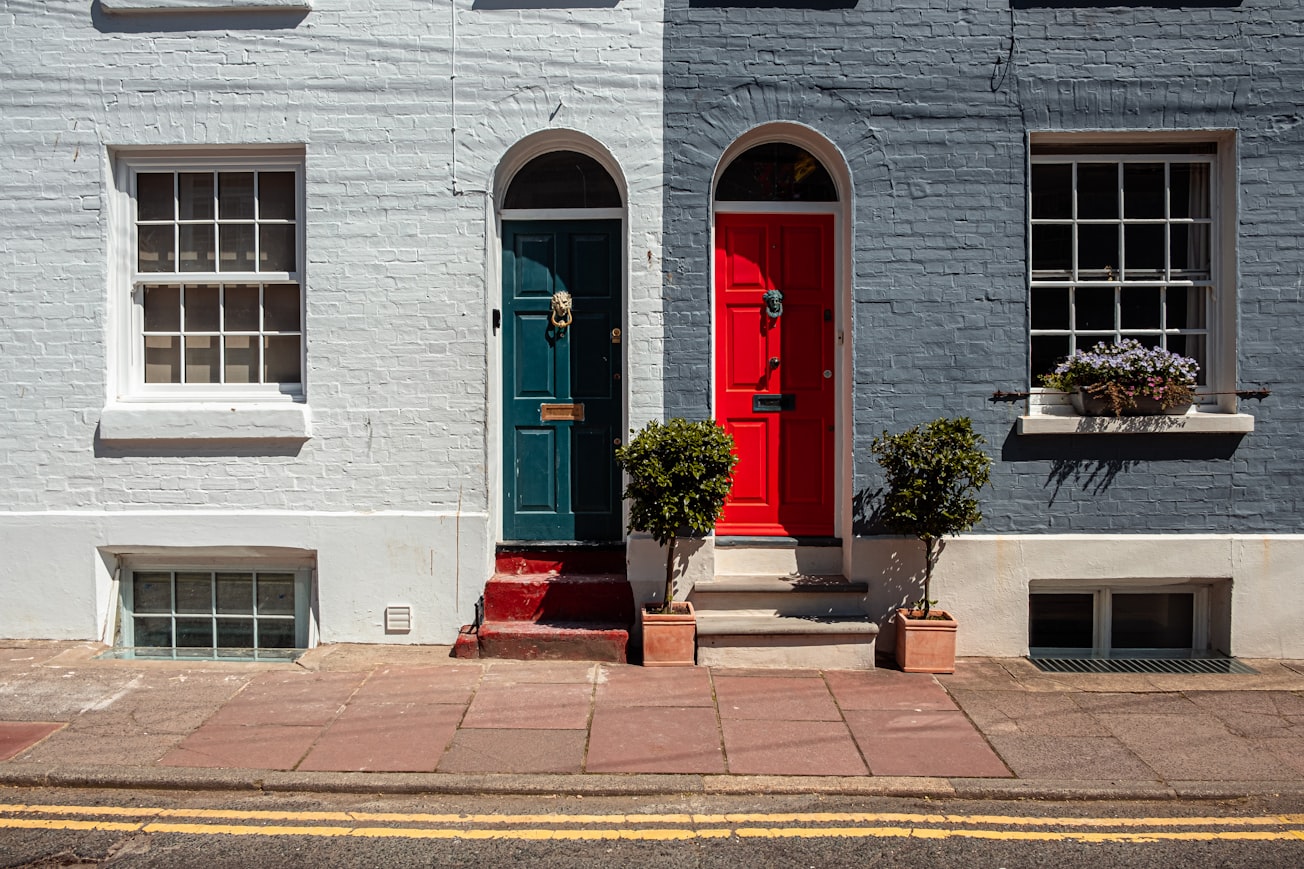What is it about?
During the fall of 1993, British artist Rachel Whiteread, revealed her most ambitious work to date - House. The solidified space of this Victorian-era, terraced home became the subject of an intense media interest and heated public debate when it was revealed that the owner of this home, retired dock worker, Sydney Gale, had been forcibly rehoused by the neighborhood council and planning teams in order to create parkland. The frozen inner space of this house revealed a home, and all the signs of life lived within...now empty and ready to be demolished.
Featured Image

Photo by Maciek Wróblewski on Unsplash
Why is it important?
House has been discussed in depth within art historical scholarship for almost 30 years. Trends in this academic body of work tend to focus on loss, death, architecture, the art market, politics and gentrification in London's East End during the late twentieth century. What is lacking is an examination of House within the larger context of visual culture and what it may, or may not, mean for contemporary viewers. Analyzation of the historical context of House's location, while reading the sculptural work itself unveils mythologies regarding what is and is not expendable in our western spaces. The ideologies embedded within these mythologies continue to appear in our mass media images to this day.
Perspectives
Many people think of modern art as silly with nothing real to contribute to our society. However, this article situates a work of modern art within the historical context of Victorian-era London, while using the language of semiotics to point out a societal issue within our image-saturated, Western culture - what do we truly value?
Elesa Huibregtse
Azusa Pacific University
Read the Original
This page is a summary of: What do we value? The questions of Rachel Whiteread’s House, Visual Inquiry, December 2020, Intellect,
DOI: 10.1386/vi_00019_1.
You can read the full text:
Contributors
The following have contributed to this page










